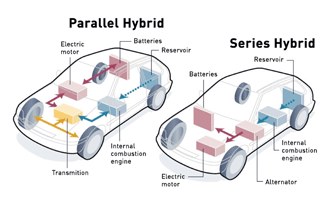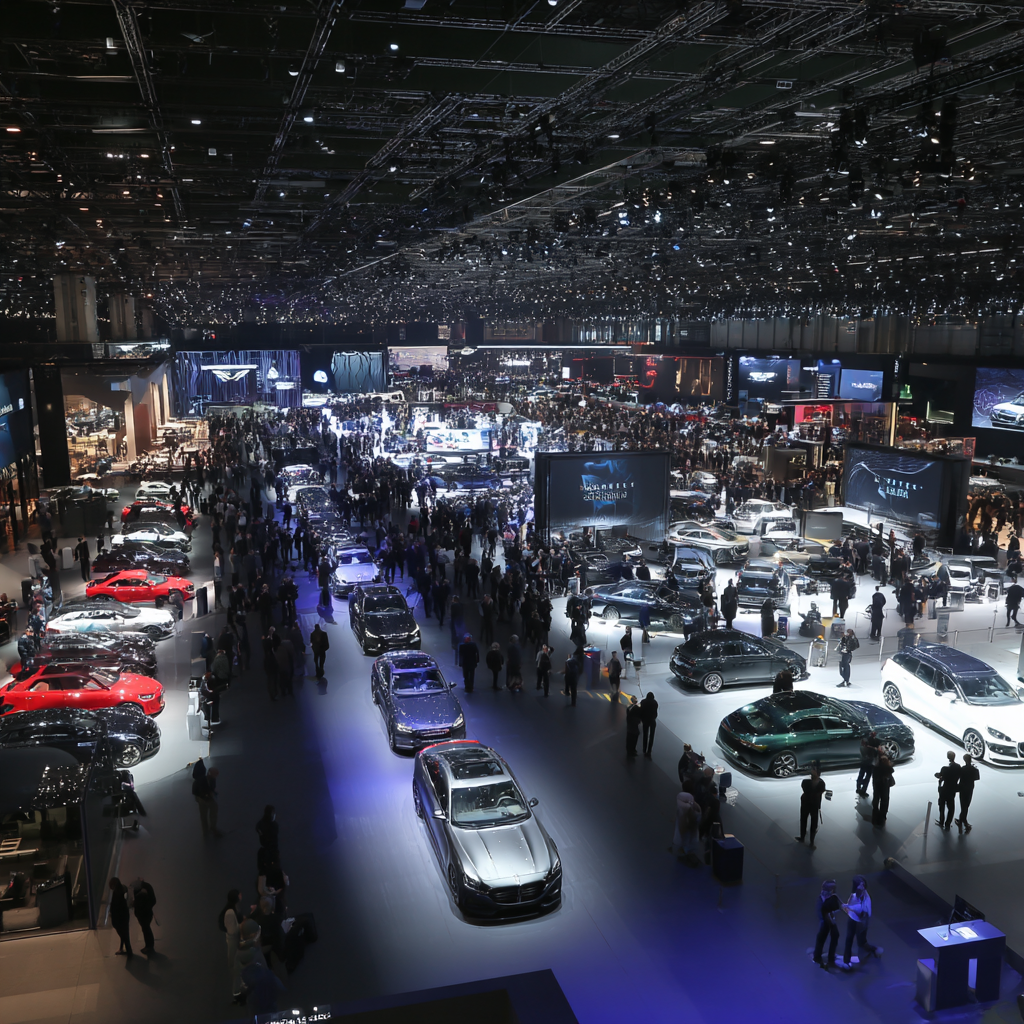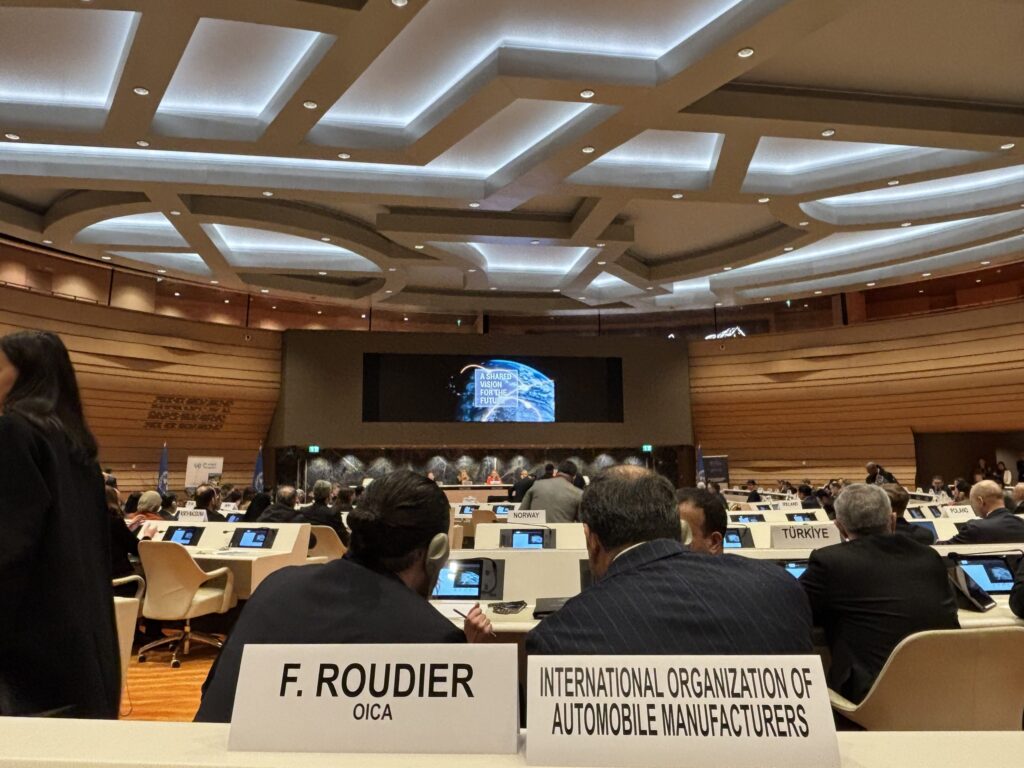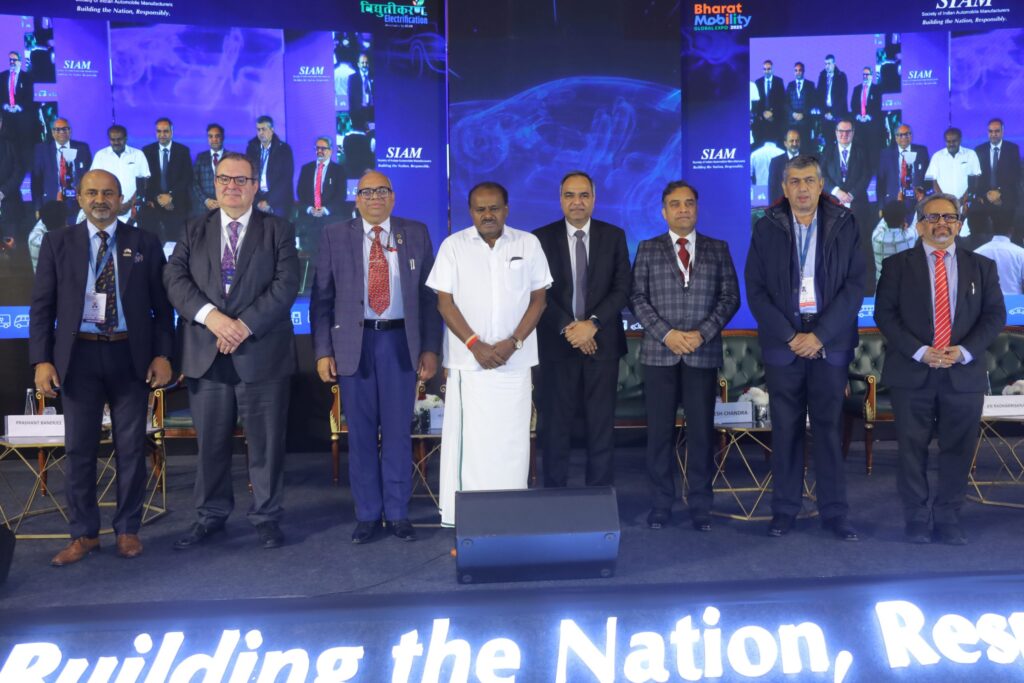Explore more updates from across the automotive world.
- Media Center
François Roudier @ China Auto Forum 2024 : “The never-ending automotive revolution”
Good morning, and thank you for being here today. As we stand at the crossroads of innovation and tradition, it is important to remember the incredible journey of the automobile and the constant revolution it represents.
Share this article
LinkedIn
Facebook
X

OICA
Distinguished Minister, officials, organizers, guests, member of the press.
Good morning, and thank you for being here today. As we stand at the crossroads of innovation and tradition, it is important to remember the incredible journey of the automobile and the constant revolution it represents. Over the next fifteen minutes, I will explore the three key themes that have driven, and will continue to drive, the automotive industry: the never-ending revolution of the automobile, the current dynamics involving manufacturers, governments, and customers, and the limitless potential for global expansion and technological advancement.
The History of an Endless Automotive Revolution
Since its birth at the end of the 19th century in Europe, the automobile has been a powerful agent of change, reshaping our world in profound ways. The very first automobiles were as revolutionary as our best computers today. These early vehicles transformed personal transportation from horse-drawn carriages to self-propelled machines, paving the way for the modern society we live in.
Consider the manufacturing evolution in America and Europe, which brought affordable cars to the masses, to the sleek, efficient, and connected electric vehicles of today. Each era in automotive history is marked by breakthroughs that have continually pushed the boundaries of what’s possible. The introduction of car assembly line production not only revolutionized car manufacturing but also set the stage for the mass production of goods worldwide. We were key to the second industrial revolution.
In recent years, the pace of change has accelerated exponentially. The shift from internal combustion engines to electric and hybrid powertrains is another milestone in the ongoing revolution in the automotive sector. China and America have disrupted traditional paradigms, pushing the envelope with advancements in battery technology and software for autonomous driving capabilities that were once thought impossible. The automobile industry is not just evolving; it is undergoing a perpetual revolution, constantly reimagining itself.
The Dynamic Interplay of Industry Stakeholders: The Three Players
Today, we observe a remarkable phenomenon involving three players in the automotive industry: manufacturers, governments, and customers. Each of these stakeholders plays a crucial role in shaping the future of mobility.
Manufacturers are investing heavily in research and development, focusing on creating vehicles that are safer, more efficient, and more connected. Companies are leading the charge in developing electric and autonomous vehicles while also exploring alternative fuels such as hydrogen. This relentless drive for innovation is not just about keeping up with the competition; it’s about staying ahead in a rapidly changing landscape. It requires significant investments, and like in a big poker competition, only a few will remain in the game until dawn. In a revolution, some are rising, and some are falling.
Governments worldwide are also key players in this dynamic interplay, accelerating change since the beginning of the 21st century. Through regulations and incentives, they are steering the industry towards a more sustainable future. It is impressive for me to be here, in Shanghai, where President Xi Jinping, ten years ago, launched China’s ambitious plans for electric vehicles that have reshaped the industry’s trajectory. We are fortunate to have an industry that garners political interest, ensuring policies that drive innovation and widely distribute the benefits of new technologies.
Customers are more discerning and demanding than ever. Some seek vehicles that align with their values, whether it’s reducing their carbon footprint or having the latest national technology at their fingertips. Others reflect a shift in consumer preferences, with a growing emphasis on mobility as a service rather than traditional car ownership. This change in consumer behavior is forcing automakers to rethink their business models and innovate continually. Understanding the needs of customers is critical to the success of governments and manufacturers plans for the automotive industry.
The Boundless Future of Global Expansion and Innovation
There is no logical reason why the automotive industry shouldn’t continue its global expansion, reaching more people and utilizing new technologies. The last decade has seen America with Tesla, coming from nowhere, outselling many famous brands ; we have seen China emerge as the formidable player in the global automotive arena ; we have seen Europe rushing to invest massively in new technologies.
Moreover, technological advancements worldwide are breaking down barriers and creating new opportunities for growth. The development of connected and autonomous vehicles promises to revolutionize transportation by improving safety, reducing congestion, and enhancing the overall driving experience. Technologies like 5G and Artificial Intelligence are enabling vehicles to communicate with each other and with infrastructure, paving the way for smarter cities and more efficient mobility solutions.
As we look to the future, the potential for further innovation seems limitless. The integration of renewable energy sources, the advancement of autonomous driving, and the continuous improvement in battery technology are just a few areas where we can expect groundbreaking developments. The automotive industry will continue to evolve, driven by the relentless pursuit of excellence by manufacturers, the guiding hand of government policies, and the challenging needs of consumers.
Conclusion
The great history of the automobile is one of constant revolution. From its humble beginnings in the late 19th century to the cutting-edge technologies of today, the automotive industry has never ceased to innovate. Our engineers are breaking the rules of physics where no one thought it was possible, and our sales and financial teams are always advancing the best practices to satisfy the customers. All of this drives us towards a future of global expansion and unparalleled technological advancements.
As we move forward, let us embrace the changes and challenges that lie ahead, confident in the knowledge that we will continue to revolutionize the world in ways we can only begin to imagine.
And when people ask me, “Where are the brakes for the automotive industry?” I always answer, “I don’t know, I’ve never used them!”.
Thank you for your attention.
Please download the document: Francois Roudier @ China Auto Forum 2024 “The never-ending automotive revolution“
Other News

- OICA News

OICA
New Zealand's Motor Industry Association goes global with OICA membership
New Zealand’s Motor Industry Association has become a full OICA member, strengthening global collaboration and ensuring the Asia-Pacific region’s perspectives are represented in international automotive discussions.

- OICA News

OICA
Automobile: ANAC Chile Joins OICA as New Member
Paris – Santiago: The OICA Organisation Internationale des Constructeurs Automobiles is pleased to announce that ANAC (Asociación Nacional Automotriz de Chile) has officially joined OICA as a full member, further expanding the global reach and diversity of the association’s network.

- OICA News

OICA
Shailesh Chandra, President of OICA, Hildegard Müller, Vice President
OICA announces the election of Shailesh Chandra, President of the Society of Indian Automobile Manufacturers (SIAM), as its new President, effective November 1, 2025, succeeding John Bozzella, President and CEO of the Alliance for Automotive Innovation (USA).

- OICA News

OICA
Pragmatic and successful decarbonization of road transport
The Strategic Role of Sustainable Fuels including Biofuels and Technological Diversity

- Autos and Fuels

OICA
Hybrid
Two main types of hybrid-electric vehicles exist, and they have different advantages and different applications, but both have fuel efficiency advantages over conventional internal combustion engined vehicles.

- Media Center, OICA News

OICA
OICA Launches New Roadmap for Motor Show Activities
IAA, Munich, September 10, 2025 – The International Organization of Motor Vehicle Manufacturers (OICA) today announced a renewed structure and vision for its motor show activities, reflecting the evolving needs of the global automotive industry and the motor show ecosystem.

- Media Center

OICA
UNECE, the 87th session of the Inland Transport Committee (Geneva, February 11, 2025)
It is a privilege and a pleasure to address you today as the new Secretary General of OICA, the International Organization of Motor Vehicle Manufacturers.

- Media Center, OICA News

OICA
François Roudier Speech @ Bharat Mobility January 2025
Honourable Minister Kumaraswamy, dear Members of SIAM, distinguished guests, ladies and gentlemen, and fellow enthusiasts, Good morning.
- General

OICA
IAA TRANSPORTATION 2024 Sets New Records and Delivers a Clear Message: The Industry Impresses with Market-Ready Innovative Products, Government Needs to Enable Progress Through Infrastructure Initiatives
145 world premieres demonstrate the impressive innovation of the industry – Visitors and exhibitors delighted and highly satisfied – IAA TRANSPORTATION is more international than ever – Record bookings for test drives – From talk to action: Policy makers must develop and implement a concrete action plan focusing on infrastructure
- Media Center

OICA
François Roudier @ China Auto Forum 2024 : “The never-ending automotive revolution”
Good morning, and thank you for being here today. As we stand at the crossroads of innovation and tradition, it is important to remember the incredible journey of the automobile and the constant revolution it represents.
- Media Center

OICA
François Roudier appointed Secretary General of OICA and Olivier Fontaine, Technical Director
Paris, France – May 13, 2024 – OICA – the International Organization of Motor Vehicle Manufacturers – is pleased to announce the appointment of François Roudier as its new Secretary General, effective June 1, 2024.
